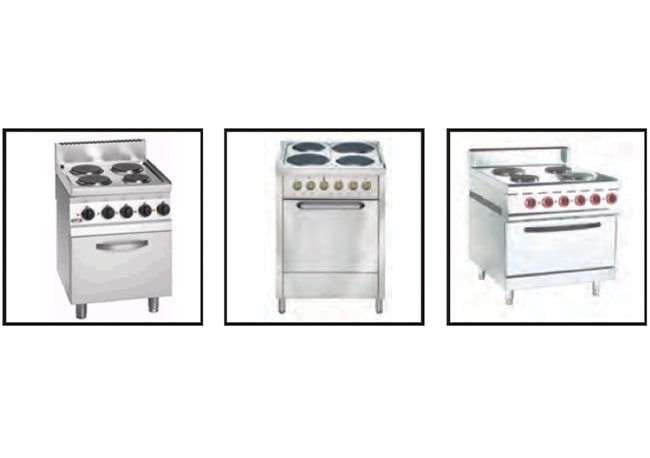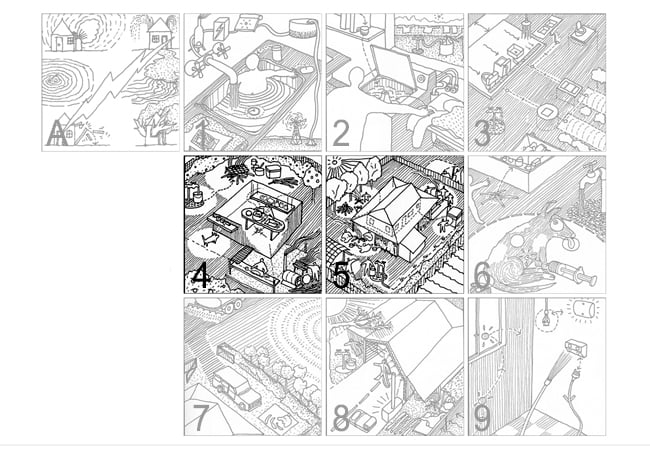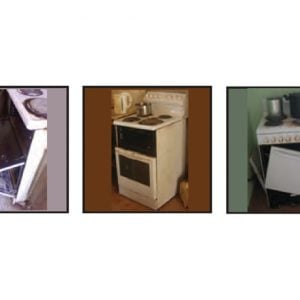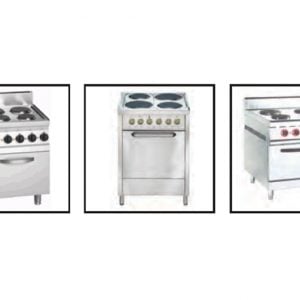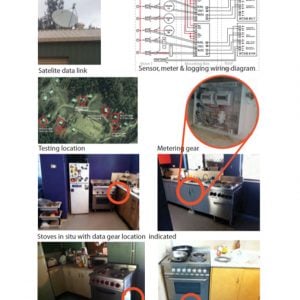Research and Development
Stove Function – finding a better solution
Project Details Better stove function
- Introduction
- The Problem
- The Solution
- Trial projects
- Where to next?
- From Housing for Health - the Guide
Introduction
Housing for Health survey data shows stoves are performing poorly in Indigenous communities nationally with an average lifespan of between 6 months to two years. This project aims to address the issue of stove function, Improving Nutrition (Healthy Living Practice 4 (HLP4)) and Reducing the negative impacts of crowding (HLP5). More people using a house means greater stove use.
Identifying Poor Environments
Previous research established and documented regular, high level stove use and resulting performance issues.
Designing for Better Health
Identify stoves to be used in future projects, criteria for selecting stoves and modifications that can be made to improve performance.
The Problem
Previous research established and documented regular, high level stove use and resulting performance issues. Stove use averages 3.5hrs/day total and an average single continuous use of up to 29.5min, two clear use peaks of 06:00–09:00 & 17:00–19:00 hrs.
The Solution
- Identifying possible stoves to be included in the National Partnership Agreement on Remote Indigenous Housing program (NPARIH) (eg Strategic Indigenous Housing and Infrastructure Program (SIHIP) in the Northern Territory).
- Identifying criteria for selecting stoves in these NPARIH projects using professional commercial standard stoves (or better) and modifications to improve performance.
- Beginning an evidence based debate about stove cost and function, by comparing these project results with other stove performance data.
Trial projects
Using previously established stove performance criteria, stoves were selected and tested in situ for a period of one year. (see below) The commercial stoves were appreciated by householders and performed well. The detailed data corroborated ongoing high, regular use patterns.
Suggested modifications of stoves include:
- cover all openings in stainless steel insect mesh to reduce vermin and insect attack of wiring,
- fix knobs to control shafts,
- encase control box to stop Singapore ant attack (as required).
Installation issues:
Weight: Commercial stove weighs up to 130kg’s
Size: Goldstein stove is 700mm wide, may require future consideration of space required
Power: Up to 40A is OK as existing domestic stoves used draw up to 38.5A when all elements are on.
A comprehensive monitoring system: was tested to ensure it is possible to accurately evaluate stove performance during any trial period. Each element of the stove and oven door opening was monitored. This validated the testing methodology by accurately describing stove performance in the field. This also showed that the initial data monitoring method was too detailed. Having established individual component use the collected data points were reduced by measuring total stove use only. The project has defined the methodology for a proposed National Stove Trial.
Stove Recommendation for trial
Commercial electric stoves:
A. Fagor CE 6-41 (incl delivery) $ 4,420
B. Goldstein GR/EE 710 (incl delivery) $ 4,348
C. Ilve JK60V WV (ex delivery) $ 2,600 + installation cost $ 520 (variable)
Note: Ilve is not the same quality in terms of build and is domestic rather than professional commercial product.
Where to next?
For information for architects, designers, students, communities, housing managers go to :
From Housing for Health - the Guide
B4.4 Cooking
Cooking preferences and needs vary between households. Some families will use a basic stove to cook, while others may use a range of cooking appliances, including microwave oven, rice cooker, deep fryer, electric frying pan, toaster and electric kettle. Some families might want to cook on a fire or barbeque area outside, while others will use a full outdoor kitchen with sink, bench and cooking facilities.
Whatever appliance is used, the ability to cook food is essential and will require functioning health hardware inside and / or outside the house.
In Australia, survey data from over 7,500 houses show that 7 per cent of surveyed houses had no cooktop installed, and 63% of houses had a fully functional cooktop and 70% of the houses had a working oven.
Learn More

